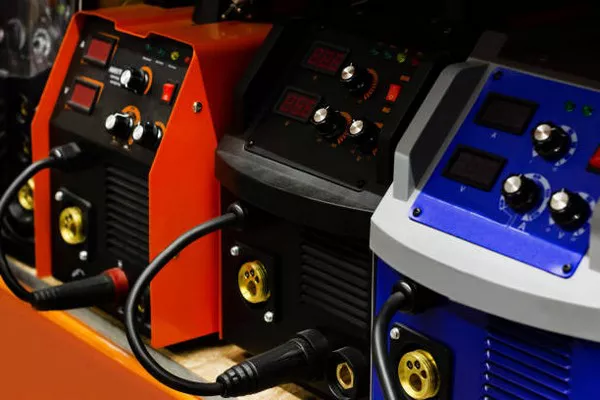In an era where energy demands are soaring and environmental concerns are paramount, the role of generators in providing a stable and reliable power supply cannot be overstated. Generators serve as the backbone of numerous industries, emergency response systems, and remote areas where a consistent power source is imperative. In this article, we delve into the intricate workings of generators, exploring their mechanisms, types, and the pivotal role they play in our modern world.
Understanding the Basics:
At its core, a generator is a device that converts mechanical energy into electrical energy. This fundamental principle, known as electromagnetic induction, was first discovered by Michael Faraday in the early 19th century. Faraday observed that a changing magnetic field induces an electric current in a conductor. Generators capitalize on this phenomenon to produce electricity on a large scale.
Key Components:
Prime Mover:
The prime mover is the component responsible for supplying the mechanical energy needed to turn the generator’s rotor. Common prime movers include engines fueled by diesel, natural gas, gasoline, or steam turbines. The choice of prime mover depends on the application, with diesel generators often preferred for portable or backup power and turbines for large-scale power plants.
Rotor and Stator:
At the heart of a generator lies the rotor and stator assembly. The rotor, typically mounted on the generator shaft, is subjected to the mechanical energy supplied by the prime mover. As the rotor spins, it induces a magnetic field. Surrounding the rotor is the stator, which houses coils of wire. The interaction between the rotating magnetic field and the stationary coils leads to the generation of electric voltage.
Excitation System:
To initiate the magnetic field in the rotor, an excitation system is employed. This system provides a small amount of direct current (DC) to the rotor winding, creating the initial magnetic field. Once the generator is in operation, it becomes self-sustaining as the generated electric power is used to maintain the magnetic field.
Voltage Regulator:
Ensuring a stable and consistent voltage output is crucial in electrical systems. Voltage regulators monitor the generated voltage and adjust the excitation current to maintain a steady output. This is particularly important in sensitive electronic equipment where even minor voltage fluctuations can lead to malfunctions.
Types of Generators:
AC Generators: Alternating current (AC) generators are the most common type, producing electricity that periodically reverses direction. AC generators are widely used in residential, commercial, and industrial applications due to their efficiency in long-distance power transmission.
DC Generators: Direct current (DC) generators, although less common today, have their applications. They produce a unidirectional flow of electric current and are often employed in specific industries such as battery charging and electroplating.
Standby Generators: Standby generators are designed to provide backup power in the event of a primary power failure. They automatically activate when they detect a loss of power, making them crucial for critical facilities such as hospitals, data centers, and emergency services.
Portable Generators: Compact and versatile, portable generators are designed for on-the-go power supply. Fueled by gasoline or propane, these generators are commonly used in construction sites, outdoor events, and as a source of emergency power during natural disasters.
Environmental Considerations:
While generators play a vital role in sustaining modern life, their operation is not without environmental implications. Internal combustion engines, often used as prime movers, emit pollutants such as carbon dioxide, nitrogen oxides, and particulate matter. In response to growing environmental concerns, there is a shift towards developing cleaner and more sustainable generator technologies, such as hybrid systems and those powered by renewable sources.
Conclusion:
Generators are the unsung heroes of our modern world, providing the electricity that powers our homes, industries, and essential services. Understanding the inner workings of generators allows us to appreciate the engineering marvel behind these devices. As we move forward, the focus on sustainability and innovation will undoubtedly shape the future of generators, ensuring a reliable power supply while minimizing environmental impact.

